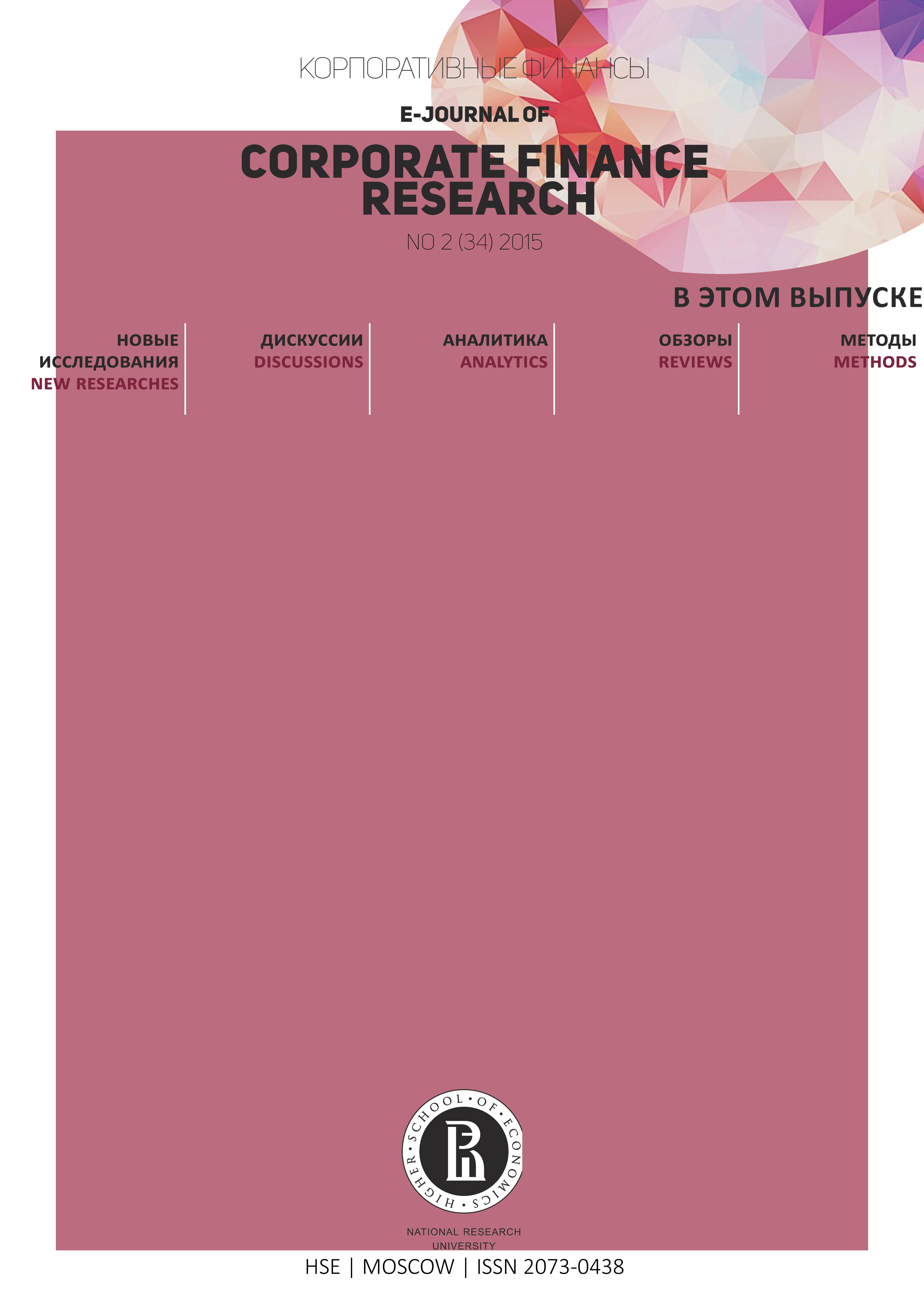Black Spots’ in Capital Structure Studies: The Case of Non-Existing Debt
Abstract
Evgeny Mikhailovich Nivorozhkin - School of Slavic and East European Studies, University College of London.
This paper looks at the issue of dynamic properties of capital structure choice and the persistencein the capital structure choice. This study focuses on what can be characterized as “black spots” in the existing studies - the selection issue, which is manifested in the fact that a nontrivial number of companies occasionally do not have any debt on their balance sheet. The problem of zero debt is akin to truncated and censored regression models, which are useful when the dependent variable is observed in some ranges but not in others. We find strong evidence that the results of the target adjustment studies of capital structure, which use fitted values of debt ratios, can be potentially biased due to failure to correct for censoring due to zero-leverage observations. This paper also looks at the issue of dynamic properties of capital structure choice and the persistence in the capital structure choice and examines the effect of the 2008 global financial crisis on Russian firms’ capital structure choice. Despite the significant differences in fitted values, the models used in this study yield similar qualitative results – the factors that were identified in the literature to exhibit the most robust correlation with leverage work similarly across models and typically in line with expectations. The effect of higher tangibility of assets is a noteworthy exception which, similar to previous studies, seem to indicate that underdeveloped and/or inefficientlegal systems together with thin and illiquid secondary markets for firms’ assets tend to limit the importance of tangible assets as collateral in emerging markets like Russia.

